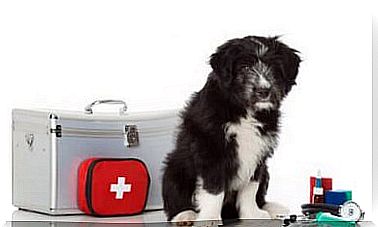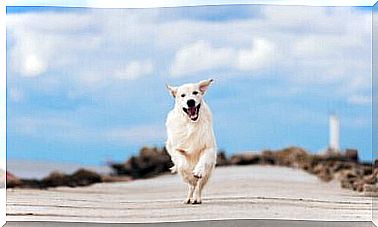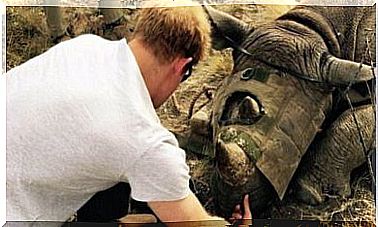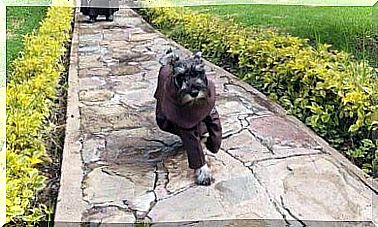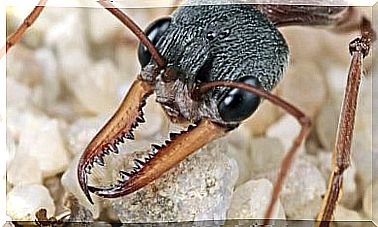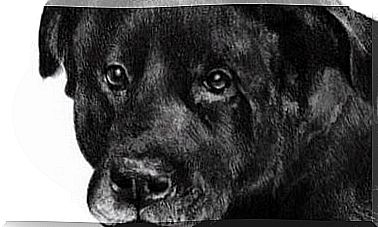6 Fall Canine Diseases

Many people love this season, although there are many canine diseases in autumn. During autumn, the colored leaves fall and the cold winds that precede winter begin to blow. Finally then we have a break from the relentless summer heat.
Unfortunately, autumn also carries a lot of risks for our dogs, and this cold puts dogs at a greater risk of developing disease.
Here are some of the most common fall dog diseases:
Autumn canine diseases
-
Low immunity
Like all animals, dogs suffer from a sudden decline in defenses during the fall.
The smaller amounts of vitamin D, made possible by the sun during the summer, make our immune systems weaker. So dogs can get sick more easily than at other times of the year.
Low immunity caused by temperature change can be easily compensated for with an adequate diet.
A higher intake of nutrients can prevent your pet’s immune system from weakening.
-
leishmaniasis
As a dog’s immune system weakens in the fall, the risk of contamination by bacteria and viruses is greater.
Leishmaniasis is spread by a mosquito usually in late summer and then takes a few weeks to show signs.
For this reason, owners should be very aware of the symptoms: remember that this disease must be treated by a veterinarian.
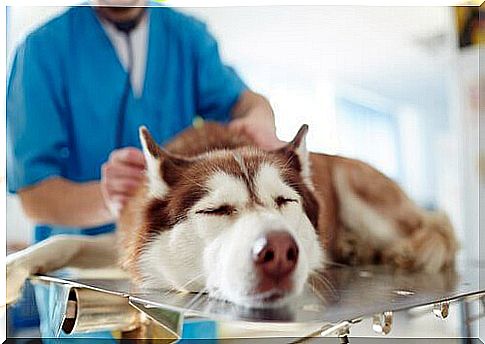
-
Kennel cough
Kennel cough is the colloquial name for tracheobronchitis, one of the most frequent diseases during autumn.
The risk of infection is very high in places where there is a lot of contact between dogs: dog parks and kennels are very common sources of infection.
Kennel cough is an infectious flu-like illness that causes coughing and sneezing and can even cause fever. Kennel cough sometimes heals on its own in a few days.
However, it is recommended that dogs be taken to the veterinarian for proper medical care.
-
parasites
Acquiring parasites is quite common throughout the year, but the risk increases in the fall.
Fleas and ticks are passed from one dog to another during walks because the cold is not yet strong enough to kill them.
Completely eliminating an infestation of fleas or ticks is uncomfortable, and they also carry with them other dangers.
Many diseases are transmitted from one dog to another through tick bites. Ask your veterinarian which preventive option is best for your dog.
-
osteoarthritis
Unfortunately, osteoarthritis is one of the fall canine diseases that most commonly affect older dogs.
It is a painful condition that has no cure, as the owner of a dog with osteoarthritis can only try to alleviate the symptoms. During autumn, temperatures decrease and, therefore, pain increases.
To avoid the pain of osteoarthritis, dogs should stay warm: thick blankets and comfortable pillows will alleviate the pain caused by this condition.
When going out for a walk, the dog must wear soft clothes and, over the clothes, a raincoat, so as not to get wet.
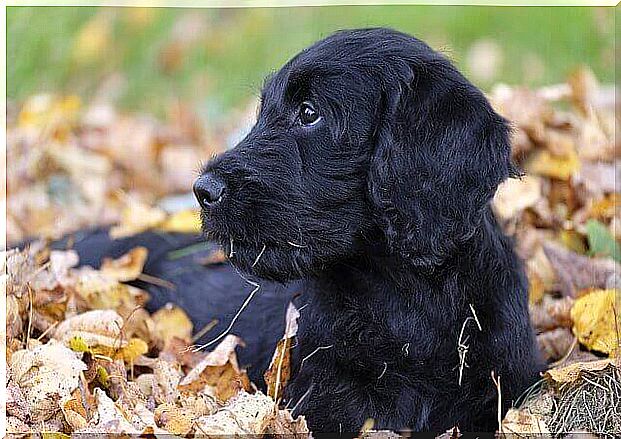
-
hair change
Although it is not one of the canine diseases of autumn, shed hair is a phenomenon that can affect the health of our dogs.
Dogs change their fur throughout the year. However, this process is emphasized with seasonal changes, particularly from summer to fall.
This is because, during the summer, the dog’s fur is fine and light. Even so, the high temperatures make them want to cool off.
When autumn comes, the fine summer coat becomes useless. Cold winds cause our dogs’ fur to change, to become thicker.
During hair loss, it is very necessary for owners to brush the coat of their dogs. This way, the dead hair will be removed and the coat will be healthier.
If the old coat is not removed, our dog can start to suffer from skin diseases due to an excess of mites. This can cause very uncomfortable rashes and allergies.
In autumn, the most important thing is to keep your dog warm and avoid sudden changes in temperature. Also, try to adapt your pet’s diet so that it gets more vitamins B, C and D.
In this way, we will avoid deficiencies that could affect your immune system. Don’t be afraid if your dog falls ill during the fall, as this is quite common.
Of course, if your dog starts showing symptoms of illness, take him to the vet without delay.

